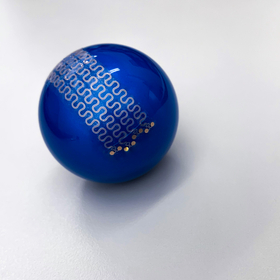Flexible Printed Circuit (FPC) Comprehensive Catalog
A large number of flexible circuit boards that are thin and lightweight, making them excellent for space-saving solutions!
This catalog features a wide range of "Flexible Printed Circuits (FPC)" that our company handles. We offer products such as "High-Flex FPC," which demonstrates excellent bending performance even in narrow spaces, "Self-Supporting Sliding FPC," which can slide and bend while remaining upright in the air, and "Power FPC," which can handle high currents. 【Contents】 ■ FPC Product Concepts ■ Areas of Achievement ■ Process Overview ■ What is a Flexible Printed Circuit (FPC)? ■ Product Introduction *For more details, please refer to the PDF document or feel free to contact us.
- 企業:沖電気工業 産業営業本部 産業営業統括室
- 価格:Other














